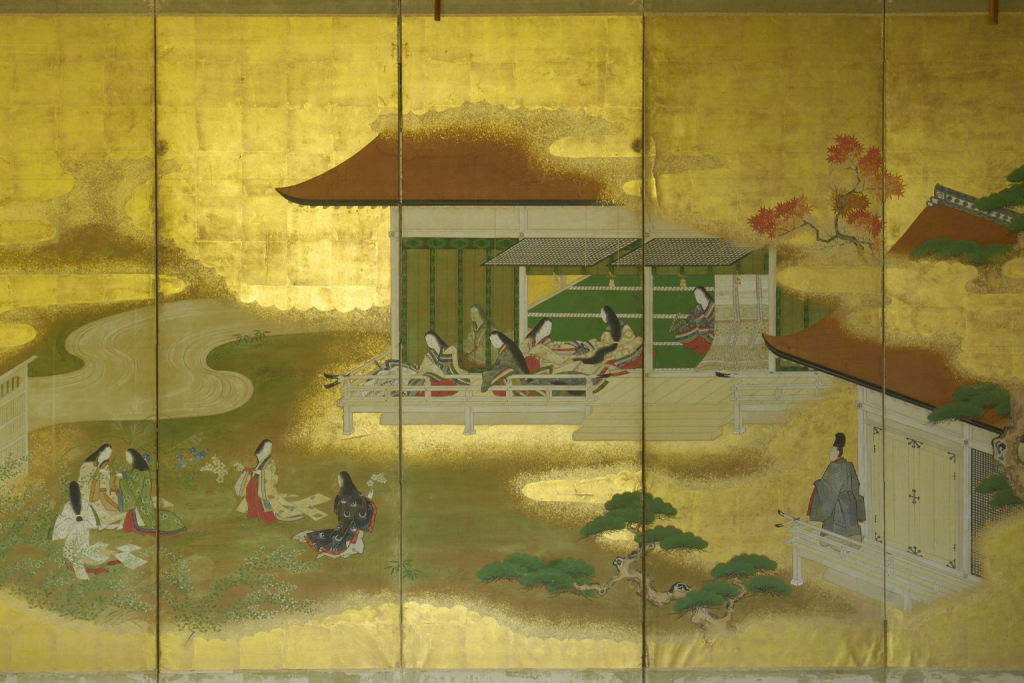For centuries, the royal court has been the primary source/sponsor of art, culture and scientific progress in Japan. But other than beautiful poems and breathtaking paintings, it has also produced some of the steamiest and most shocking scandals in the country’s history. If you ever needed proof that palace life is no fairytale no matter where you go in the world, just look at the turbulent story of…

Empress Shotoku | Source: Wikimedia Commons
The Empress Shotoku and the Monk Dokyo
One of Empress Shotoku’s greatest accomplishments was sponsoring the Hyakumanto Darani, a massive printing project of 1 million Buddhist prayer chants that should have been her ultimate legacy. But today, she’s mainly remembered for her alleged affair with a monk.
As an 8th century promoter of Buddhism in Japan, Shotoku (also known as Koken) invited a lot of Buddhist scholars to her court, ultimately taking one of them, Dokyo, as her lover. After being elevated to the position of high priest of the imperial court, Dokyo allegedly tried to manipulate Shotoku to make him the next ruler of Japan but the Empress died before then. That’s the popularly accepted version of events. In truth, Shotoku was constantly battling coup attempts in a country where Buddhism has started to become a major political force so we’ll never know exactly how much of the story was just a smear campaign orchestrated by the Empress’ enemies.
Nevertheless, Shotoku remains one of the last Japanese Empresses and an oft-cited reason why only men should ascend to the Chrysanthemum Throne.
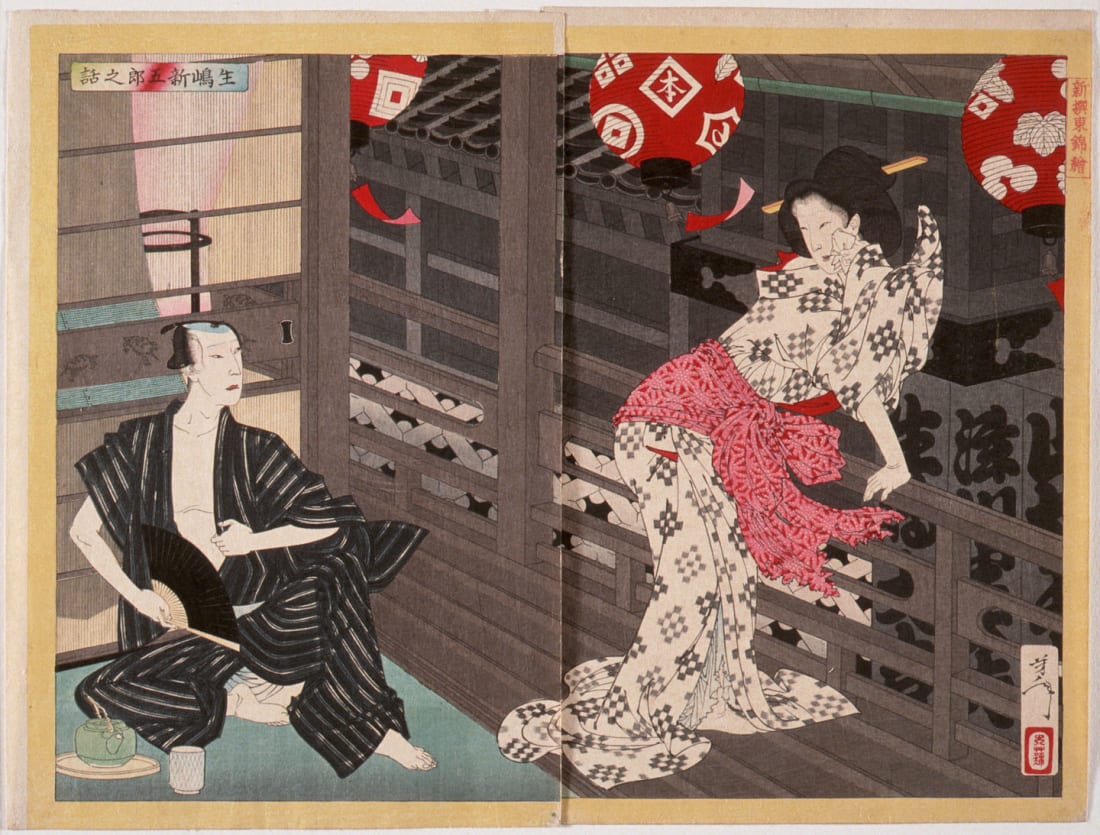
Ikushima Shingoro and Lady Ejima | Image subject to public domain
The Ejima-Ikushima Affair
Ejima was a young woman in the harem of Edo Castle, where lovers, acquaintances and relatives of the reigning shogun lived. In 1714, she visited a kabuki theater and later attended a tea house party with the theater actors, including one Ikushima Shingoro. But in doing so, she missed her curfew and had to sneak back inside the harem undetected. She failed and was almost put to death because of it.
As a member of the shogun’s harem, Ejima made the perfect scapegoat in a conflict between the political supporters and enemies of shogun Tokugawa Ietsugu. An investigation was launched into the young woman’s “inappropriate behavior” in order to bring shame to the shogunate, and after being accused of carrying on a prolonged affair with Ikushima, Ejima was sentenced to death but ultimately received a pardon. Her older brother was sentenced to seppuku in her stead, though, with many of Ejima’s family members and the kabuki actors being banished from Edo.
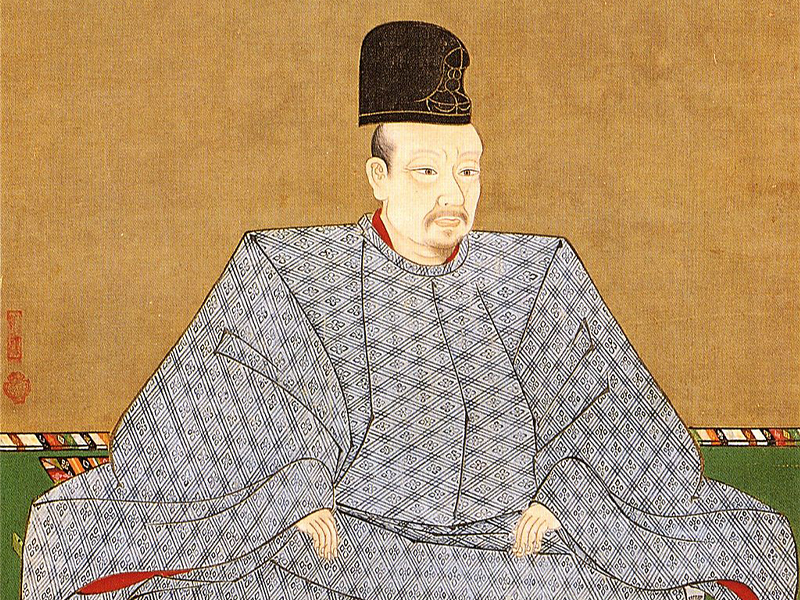
Emperor Go-Yozei | Source: Wikimedia Commons
The Shipwrecked Nakako
Emperor Go-Yozei ruled during the times of Toyotomi Hideyoshi and Tokugawa Ieyasu, which is to say he didn’t really rule at all. As the two warriors fought to unify Japan, the mostly powerless Go-Yozei concentrated on poetry and trying to retain as much imperial dignity as he could.
That’s why, when rumors started spreading that some of his concubines and courtiers were engaging in drunken orgies, he sentenced the men to death and banished the women to the faraway island of Niijima. One of the banished women was Nakanoin Nakako, daughter of a mid-level nobleman. Whether she was guilty or not did not matter. To someone in a precarious political position like Go-Yozei, even a whiff of a scandal was unacceptable, so Nakako was expected to endure her punishment and public shaming. Life had other plans, though.
Before she could reach Niijima, she was shipwrecked and spent the next 14 years at a remote village on the Izu Peninsula. Later, she received a full pardon and became a Buddhist nun.
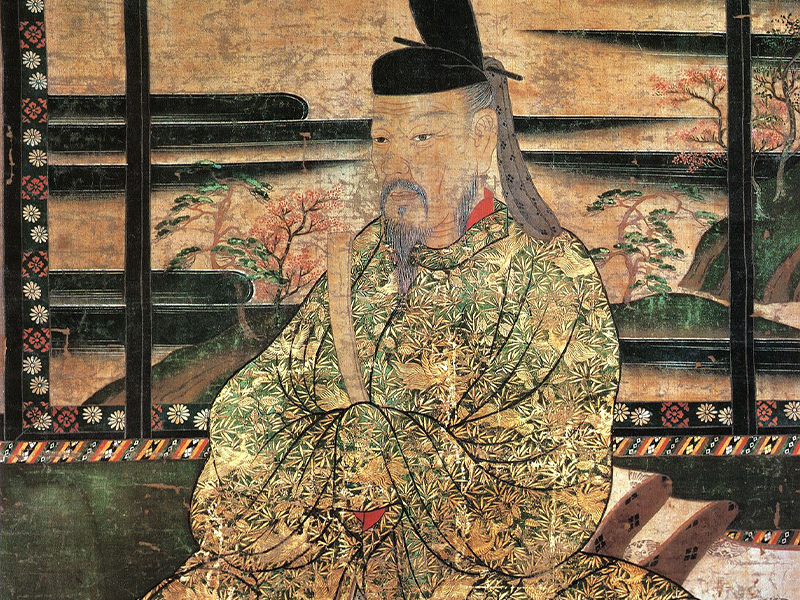
Emperor Saga | Source: Wikimedia Commons
The Kusuko Incident
Heizei was Japan’s 51st Emperor but abdicated in favor of his younger brother, Emperor Saga. The two brothers later fought about administrative issues, causing Heizei to start his own, rival royal court and eventually ordering to move the capital from Kyoto back to Nara in 810, possibly while muttering “that will show him.” Things eventually got so heated that an armed conflict was feared, but Saga’s political and tactical maneuvering prevented it. Defeated, Heizei ended up becoming a monk.
The reason why this has come to be known as the “Kusuko Incident” is because Heizei’s consort Fujiwara no Kusuko was initially blamed for enticing the ex-Emperor to go against his brother. It most definitely wasn’t as simple as that, but a proto-Lady Macbeth whispering words of treason into Heizei’s ears and manipulating political events was easier to accept back then. Plus, it also shamed Heizei because, you know, sexism. Most modern historians now refer to the whole episode as “the Retired Emperor Heizei Incident.”
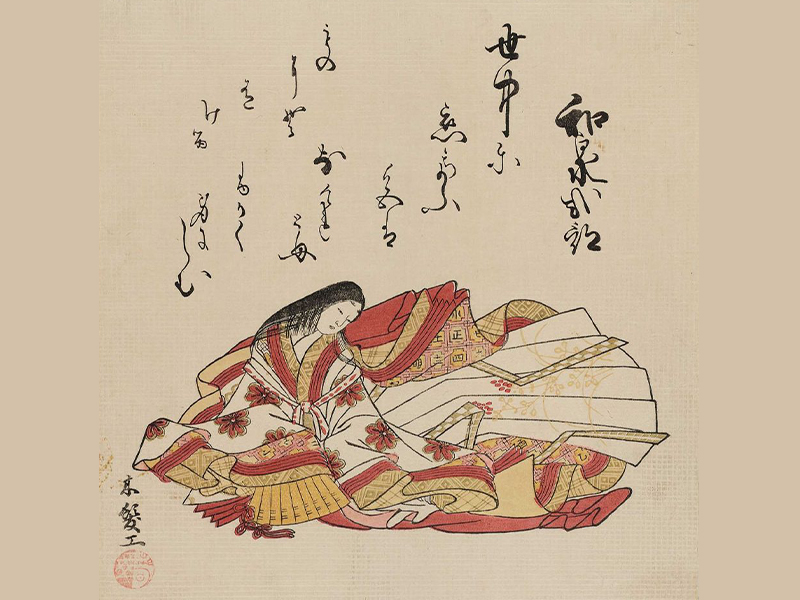
Izumi Shikibu | Source: Wikimedia Commons
The Life Of Izumi Shikibu
Izumi Shikibu was a 10th/11th century court poet and a woman of passion, which showed both in her work and her personal life. While still married to her first husband, she had a love affair with Emperor Reizei’s third son, Prince Tametaka, and after the prince’s death, she was pursued by his brother, Prince Atsumichi. Both affairs were detailed in Izumi Shikibu’s semi-autobiographical Diary, where she talked about her yearning for her lovers and her lamentation about the ephemeral nature of love, which, in the end, was probably what offended the poet’s contemporaries the most.
She most likely had many more lovers during her life but nothing that Izumi Shikibu did was unheard of in her time. However, by being frank and open about her feelings as a woman, she defied convention and caused numerous royal “scandals.” And now she’s remembered as one of Japan’s “Thirty-Six Immortals of Poetry.” There’s probably a lesson in here somewhere.
Feature image: Shutterstock

